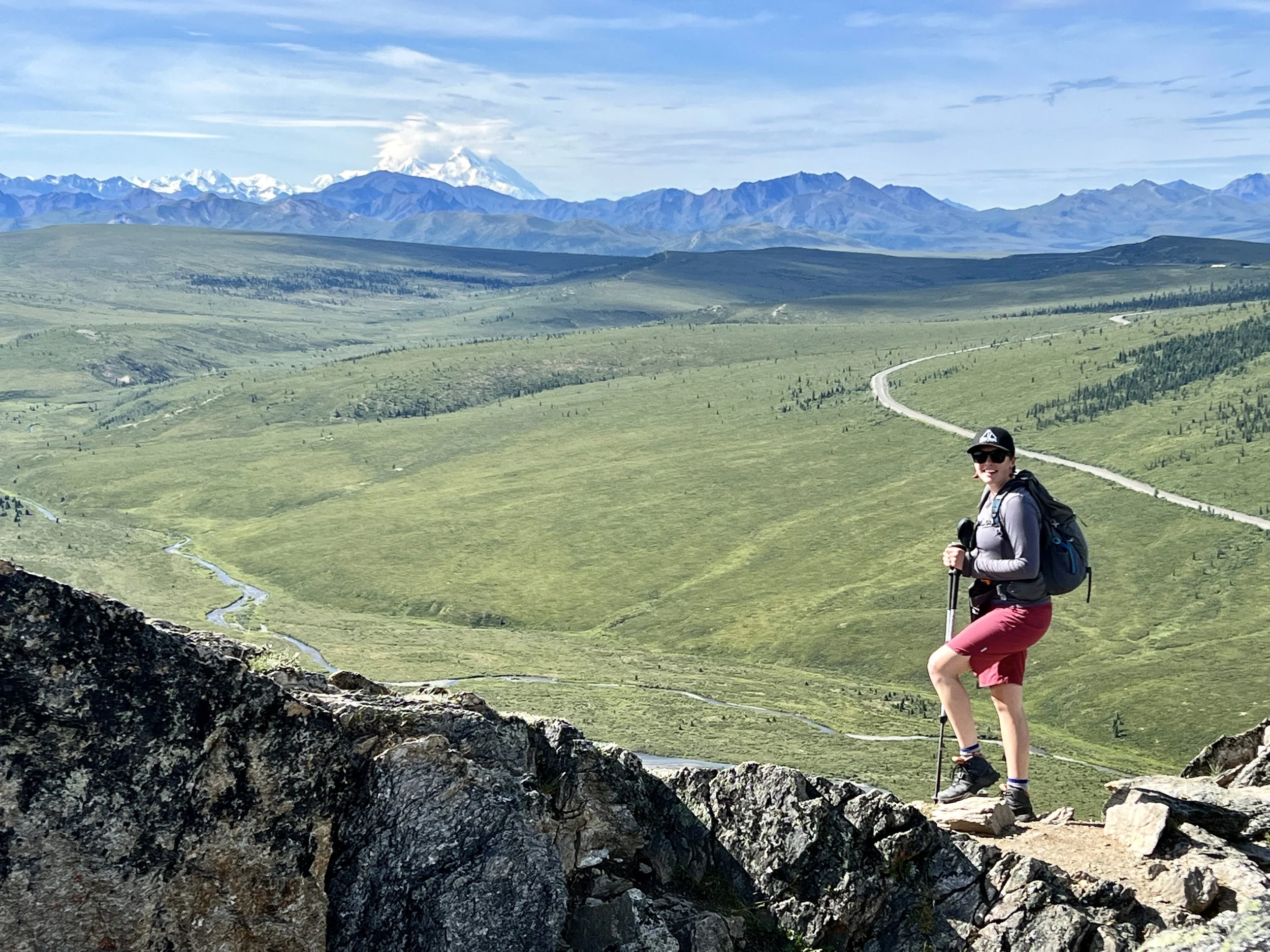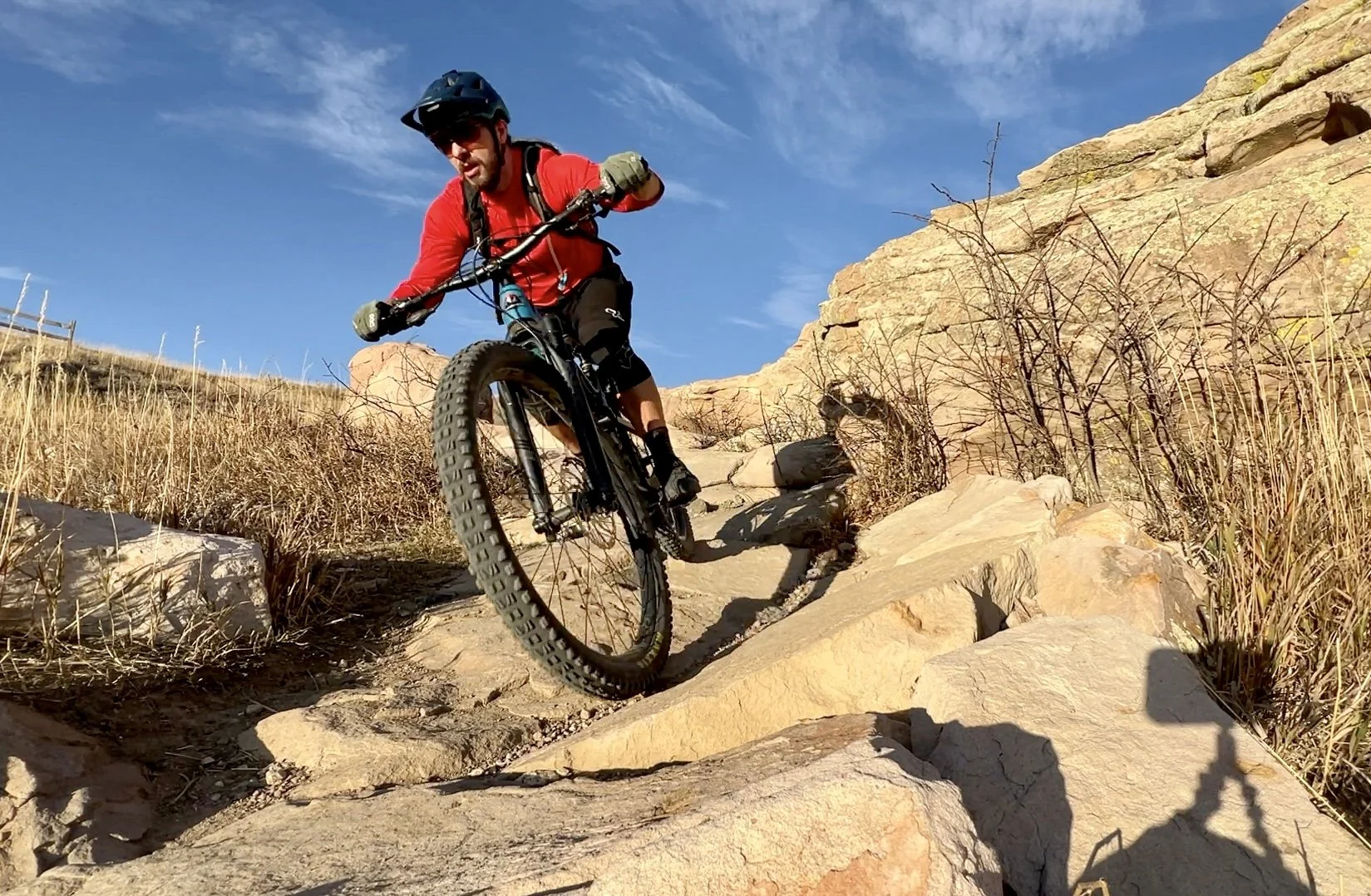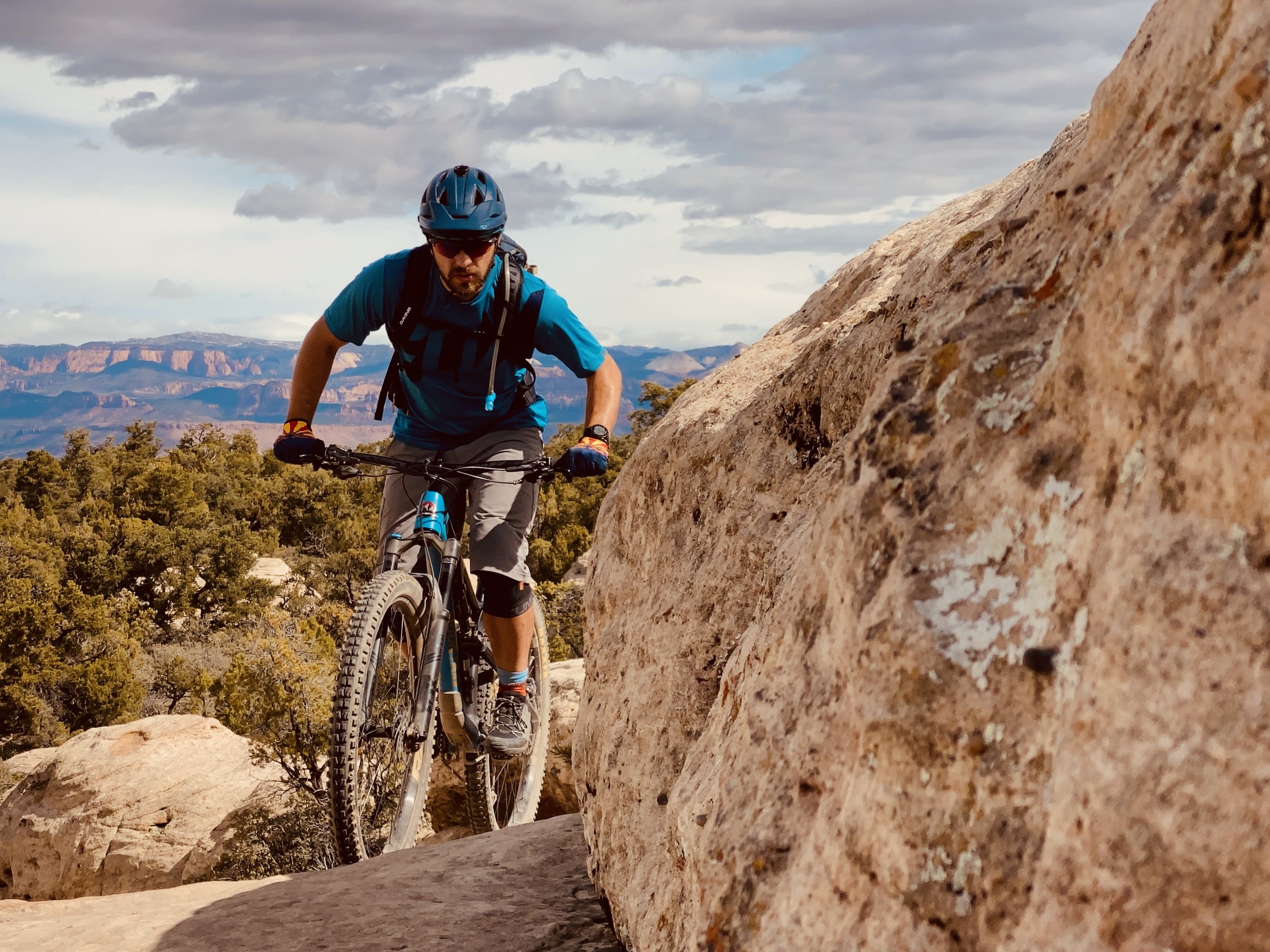Welcome to the Counterculture
Savage Alpine Trail, Denali National Park, Alaska. Photo: Greg Heil
By exercising outside—by moving your body through the natural world—you have unwittingly joined a countercultural revolution. This way of life is in tune and aligned with how we evolved and how our ancestors lived for eons, but today it is radical, alien, and foreign to the culture at large. Today, roughly 50% of Americans don't go outside to exercise even once per year. (Source)
You might not realize this, though. If you're reading these words, chances are high that you're so deeply enmeshed in the counterculture that you've surrounded yourself with like-minded people who also move their bodies through nature. Whether it's through the mountains, the forests, the deserts, the oceans, or wherever else, it doesn't matter—it's all a part of the same countercultural movement of exercise and connection with nature.
You might be so deep into the counterculture that you've relocated your home so you can live in a place where getting out the door and going on an adventure is easier, where there's less friction and resistance to overcome to get out and move. This might have meant relocating to a different house in your city that's closer to a park or greenway, or it might have meant moving across the country to settle in Colorado, Utah, or Arizona so that you're veritably surrounded by singletrack trails.
If you moved across the country to live in a small mountain town like I did, you may have found that not only did you reduce the resistance to getting out the door and into the mountains, but you also landed in a community of like-minded people who also prioritize adventure, exercise, and breathing deeply of the sweet mountain air. As you build relationships with like-minded people, those relationships boost your ability to adventure daily, to go outside 365 days per year. You may even meet people who go on so many epic adventures every single week that you don't understand how it's physically possible to climb that many mountains.
But this isn't normal.
Barcelona. Photo: Greg Heil
As I began traveling full-time, I began to move from bubble to bubble of outdoor adventure, experiencing not just the mountains but the deserts, the forests, and the oceans as well. But I also began having more experiences where I was forced outside of my bubble entirely as I lived in dense urban areas like Barcelona or in endless suburban sprawl in places like Las Vegas and Tucson. And as I began to have more and more of these experiences, I realized just how alien this idea of outside 365 actually is.
While suburban trail systems in places like Phoenix and Denver are swarmed with people, if you consider the number of residents in these urban areas, it's quite surprising to me that there aren't even more people out on the trails.
So let's look at the data and see if we can't get a better picture of what's going on here.
The Data Is In: The Positive Side
Denali National Park. Photo: Greg Heil
I located some detailed survey data on Statista for general exercise as well as outdoor exercise specifically. According to Statista, 21.5% of "the US population was engaged in sports and exercise each day" in 2021. This number includes all types of indoor exercise, such as working out at a gym, working out at home, etc.
When it comes to daily outdoor exercise, it's even more difficult to find good numbers, but Statista does have some survey results from as recently as 2017. According to their results, in 2017, 7% of respondents completed 260 or more outdoor activities per year. 14% completed 104-259 activities per year.
Only 7% of Americans are active outside 260 or more days per year.
What does that number drop to when we crank it up to 365 days per year? (Note, that's an additional 105 days per year, or a 40% increase above 260.)
I can't find any good data on this, but I'd posit that the number drops close to zero.
Spotlight on Denver
Riding at a JeffCo Park near Denver. Photo: Christine Henry
Let's remain optimistic for now and look at one of the outdoorsiest cities in the nation: Denver. Denver ranks as the 4th fittest city in the nation, with 82% of the residents claiming to have exercised within the past 30 days. But what about outdoor adventure specifically?
By choosing to live in Denver, locals have already immersed themselves in an outdoorsy bubble. This isn't your average city, and the trail usage stats for JeffCo open space parks show this. JeffCo manages 27 parks and open spaces close to Denver, totaling more than 56,000 acres of land. These parks include many of the most famous and popular trail systems in the Denver Metro Area—so many, in fact, that it's impossible to mention them all. Find a full list here.
While trail use stats are sometimes hard to come by, a recent article notes that JeffCo parks collectively receive an estimated 7 million visits per year.
That sounds like a lot, doesn't it? But let's look at this a little closer.
Green Mountain. Photo: Greg Heil
According to recent stats, the population of the Denver Metro Area is about 2.9 million people (let's round that to 3 million). This means that even though Denver is one of the fittest and outdoorsiest cities in the nation, that Denver residents still only visit JeffCo parks an average of 2.3 times per person, per year.
I don't even live in Colorado full-time anymore, and I actively avoid the Front Range when I visit, and I STILL average more visits to JeffCo trails per year than that.
Of course, Denver residents aren't solely visiting JeffCo sites to recreate—they often head deeper into the mountains, walk or ride in urban or suburban environments directly from their homes, and visit non-JeffCo parks that are also in the Denver area.
But 2.3 visits per year is a paltry number! If it was 2.3 visits per week on average, that might be closer to what an outside 365 advocate would expect. But this lack of trail usage truly highlights just how radical, how unusual, and how countercultural adventuring outside actually is.
What about the worst end of the spectrum?
So far, I've been focusing on the positive by looking at the cohort of people that exercises daily, the cohort that goes outside over 260 days per year, and one of the fittest, most outdoorsy cities in the world.
But what about the worst end of the spectrum?
Just read a few of these stats:
The average American spends 93% of their life indoors. (Source)
In 2018, ~50% of Americans didn't go outside to exercise even once per year. (Source) This number got better in 2021, with 54% of Americans exercising outside at least once per year... but it's unclear if this is a statistical anomaly due to COVID-19. (Source)
Americans went on 1 billion fewer outdoor activities in 2018 than in 2008. (Source) This decline in total outdoor activities has continued into 2021. (Source)
Only 18% of Americans exercise outside at least once per week. (Source)
Even though top-line participation in outdoor sports is increasing, the latest data from 2021 shows that "core" participation is decreasing. "Core" participation is defined as someone who goes outdoors at least 51 times per year, and this cohort of the top line participation has decreased from "71.9% in 2007 to 58.7% of the participant base in 2021." (Source)
The numbers are devastatingly tragic. Imagine a life where you only go outside once per week... and then imagine a life where you never go outside.
Can you do it? Can you picture it?
I sure as hell can't.
Welcome to the Counterculture
Hurricane, Utah. Photo: Marcel Slootheer
Even though we can't imagine it, the truth is that over 80% of Americans don't even exercise outside once per week. This means that we—you, me, and the people we surround ourselves with—are all a part of a truly radical countercultural movement. I won't go so far as to say it's a "revolution," as the data seems to indicate that we are far from revolutionary right now.
It might be more accurate to think of ourselves as a dying breed, as a tiny minority swimming against the current in the ocean of human technological progress.
Trying to force the tides of current human trends to turn is a futile endeavor that we can never be successful at. And yet, even as a minority, we can still individually craft beautiful lives filled with outdoor adventures every single day. We can still live lives that are joyous and free, even if we are a minority.
And it all starts by going outside today.
Welcome to the counterculture.






